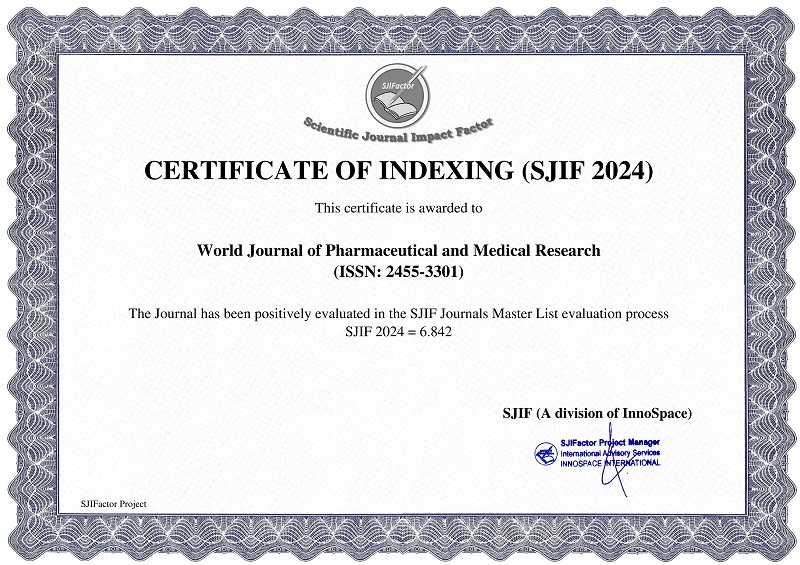STUDY OF URDHVAGAMI DHAMANI WITH ITS MODERN CORRELATION
Dr. Shreya Ashwani*, Dr. Ankit Tyagi and Dr. Pushpanjli Upadhyay
ABSTRACT
Ayurvedic Acharyas has used an anatomical term Dhamani(arteries), which is one of the controversial terms (structure), used to represents tubular structure and it is one of the synonyms of Srotas. Modern science describes blood vessels of three types' viz-artery, vein & capillaries. The other two important channels for the maintenance of the body are lymphatic & nerves. The relevant terms in Ayurvedic language are Sira, Dhamani(arteries) and Srotas and in these three terms the modern five structures namely artery, vein, capillary, lymphatic and nerve are incorporated. According to Sushruta, ten Dhamani (arteries) spread upward, ten downward, and four sideward emerging from the Nabhi(umbilicus). AccordingtoCharak, Hridaya(heart)produces ten Dhamani(arteries). Dhamanis (arteries) described in Ayurveda represent a tubular channel taking origin from the Hridaya (heart) and possess the characteristics of pulsation and circulation of Rasa (lymph chyle or plasma) and Rakta (blood) throughout the body. The up-coursing Dhamani (arteries) prefers to maintain the body's integrity by performing particular body functions such as sound, touch, taste, smell, sneezing, laughter, speech, and so on. The Dhamanis(arteries) that come down establish a pathway for Vata, urine, excrement, semen, and contained food to flow downward. The Tiryaggami-Dhamani(arteries) can be taken as the cutaneous or peripheral vessels supplying the superficial and deep layers of the skin. In this Article I am trying to correlate Shusrutokta Urdhwagami Dhamani with modern perspective.
[Full Text Article] [Download Certificate]



